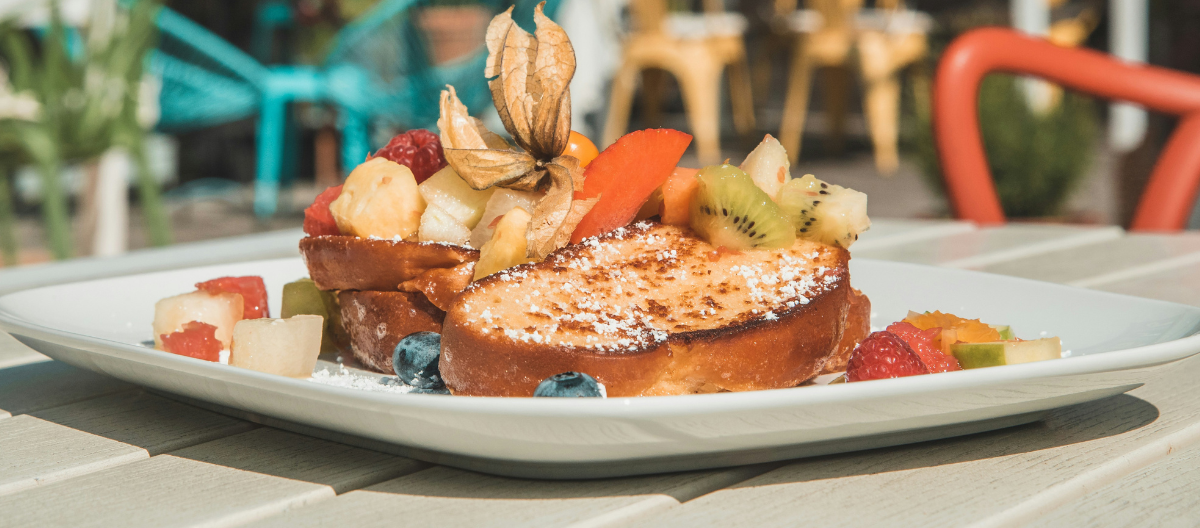Hey Diva dressing fans! When the items we love coincide with brands we work with, Diva dressing will use Paid Links in our articles. If you decide to click on these links and purchase the product, we get a small commission. Our Opinions Are Our Own, but we do add Paid Links as a way to offer these products at no added cost to our readers. Want to know more? Click Here to check out our Terms of Use anytime!
America’s culinary landscape is rich and diverse, shaped by a tapestry of cultures, traditions, and historical events. While contemporary cuisine often garners the spotlight, many forgotten recipes and cooking methods tell the story of America’s past. Rediscovering these dishes not only honors our culinary heritage but also offers valuable lessons in sustainability, resourcefulness, and community. This journey into America’s forgotten recipes reveals the flavors and techniques that once filled our kitchens and tables.
American cuisine is a melting pot, influenced by Indigenous ingredients, European settlers, African traditions, and later, waves of immigrants from around the globe. Each group brought their culinary practices, resulting in a unique blend of flavors and techniques. However, as culinary trends evolve and modern conveniences reshape our cooking habits, many traditional recipes have been lost or forgotten.
Importance of Rediscovering Forgotten Recipes
Cultural Heritage: Recipes are a reflection of culture and identity. Rediscovering forgotten dishes helps preserve cultural heritage and fosters a sense of pride in one’s roots. These recipes often tell stories of community gatherings, celebrations, and family traditions.
Sustainability: Many forgotten recipes emphasize using local, seasonal ingredients and minimizing waste. Techniques such as pickling, fermenting, and preserving were commonplace in the past and are increasingly relevant in today’s context of sustainability and food security.
Health and Nutrition: Traditional recipes often feature whole, unprocessed ingredients. By revisiting these dishes, we can gain insights into healthier eating habits and reconnect with the nutritional wisdom of our ancestors.
Notable Forgotten Recipes
Hoppin’ John: A Southern classic, Hoppin’ John is a dish made with black-eyed peas, rice, and smoked meat, traditionally served on New Year’s Day for good luck. Its roots trace back to West African cuisine, showcasing the influence of enslaved Africans on Southern cooking. Rediscovering this dish not only honors its history but also highlights the importance of legumes in a balanced diet.
Johnnycakes: These cornmeal pancakes have origins in Native American cuisine and became a staple in early American households. Simple to make and versatile, they can be served with sweet or savory toppings. Bringing back Johnnycakes can promote the use of cornmeal, a local grain, and celebrate its significance in American food history.
Chow Chow: A type of pickled relish, chow chow originated as a way to preserve summer vegetables for the winter months. Often made with green tomatoes, peppers, and onions, it was a staple in Southern kitchens. Rediscovering chow chow emphasizes the importance of food preservation techniques and encourages using seasonal produce creatively.
Creamed Chipped Beef on Toast: Also known as “SOS” (which stands for “stuff on a shingle”), this dish became popular during World War II as a way to feed soldiers and families with inexpensive ingredients. Made with dried beef, cream sauce, and toast, it’s a reminder of resourcefulness during tough times. Reintroducing this dish can bring comfort and nostalgia to modern tables.
Gumbo Z’herbes: This traditional Louisiana dish is a green gumbo made with various greens and herbs, often prepared during Lent. It reflects the resourcefulness of Cajun and Creole cooking, emphasizing the use of what’s available in the garden. Rediscovering gumbo z’herbes highlights the importance of greens in our diets and promotes plant-based cooking.
Sourdough Bread: While sourdough has seen a resurgence in popularity, many home bakers are unfamiliar with the historical significance of this bread. Sourdough’s fermentation process was essential for preservation and flavor in the days before commercial yeast. Learning to bake sourdough not only connects us to our ancestors but also encourages a return to artisanal bread-making practices.
How to Rediscover Forgotten Recipes
Cookbooks and Historical Texts: Many cookbooks focus on traditional and regional recipes. Exploring these texts can offer insights into the cooking methods and ingredients used in the past.
Community Engagement: Local community centers, historical societies, and cultural organizations often host events or workshops focused on traditional cooking. Engaging with these communities can provide firsthand knowledge and experiences.
Online Resources: The internet is a treasure trove of blogs, forums, and social media groups dedicated to historical and traditional cooking. Connecting with like-minded individuals can foster a shared interest in preserving culinary heritage.
Experimentation: Don’t be afraid to try your hand at recreating forgotten recipes. Use local ingredients and adapt recipes to suit modern tastes while maintaining their historical roots.
Here are some products that can help you in the kitchen
Expobazaar Hand Carved Marble Platter $8.29

Bakery Plastic Adjustable 5 Layers Cake Leveler Slicer $8.39

Baking Pizza Dumpling Skin Maker Dough Roller $8.39

Kitchen Porridge Soup Sugar Salt Wooden Scoop Spoon $8.49

Stainless Steel Corn Peeler Corn Stripping Tool $8.62

Chef Craft 2pc Solid Maple $8.79

Household Kitchen Silicone Dinner Rice Spoon $8.99



